The Essential Guide to Runway Markings
Pilot Institute
JUNE 19, 2025
Say, for example, that you’re going to depart for an Instrument Flight Rules (IFR) flight in fog. If you don’t see a marking at an intersecting taxiway and you’re instructed to hold short, make sure you stop your aircraft at a spot that offers enough clearance from any aircraft on the intersecting taxiway.


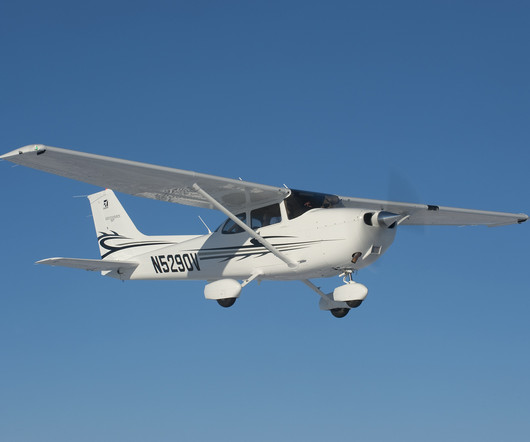


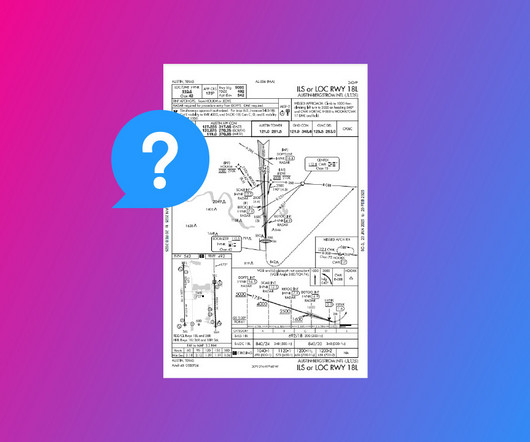
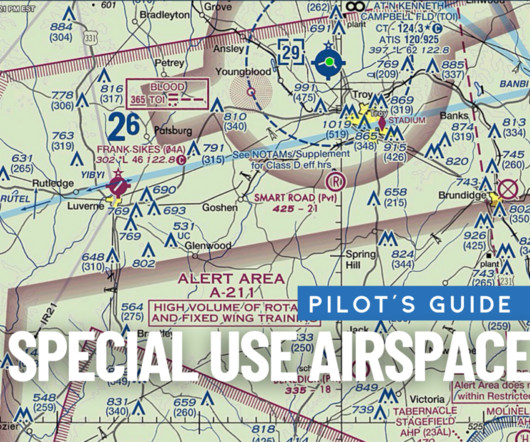
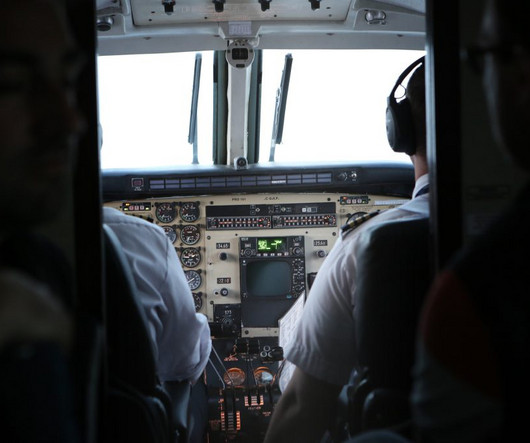
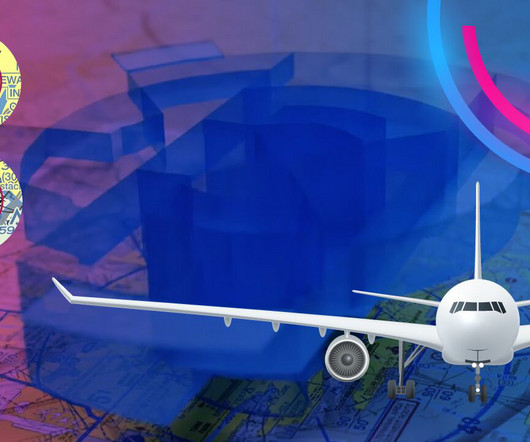

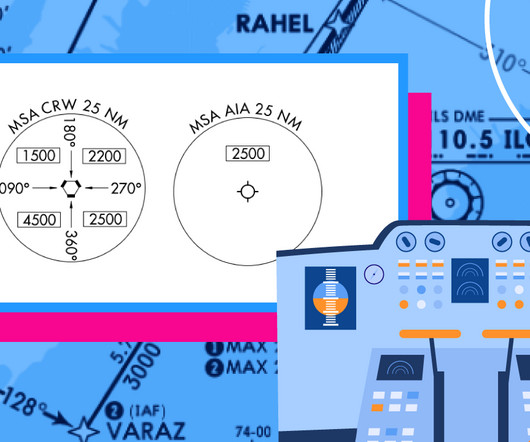
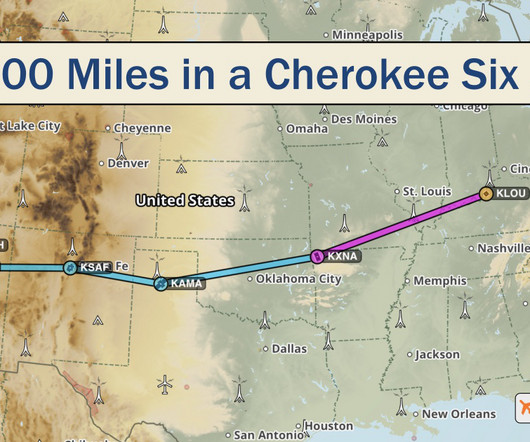
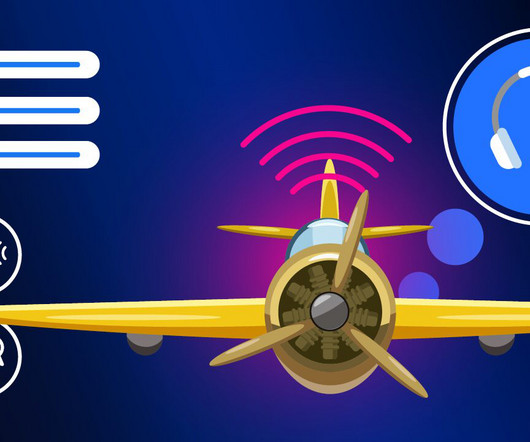
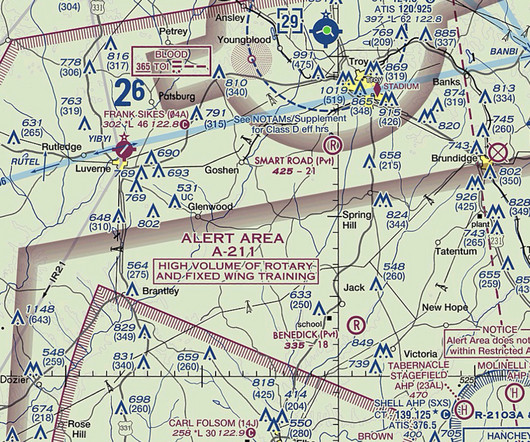






Let's personalize your content